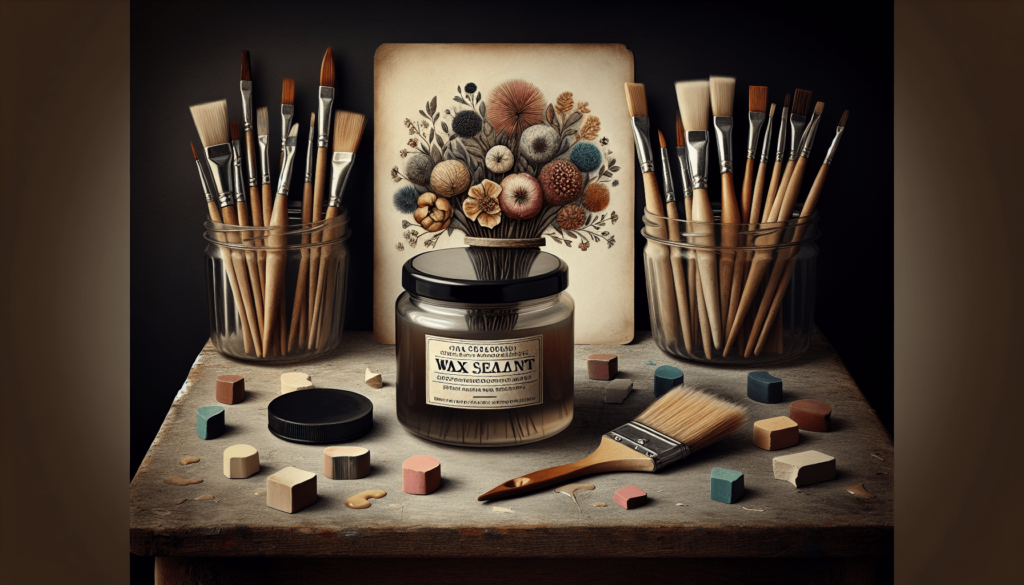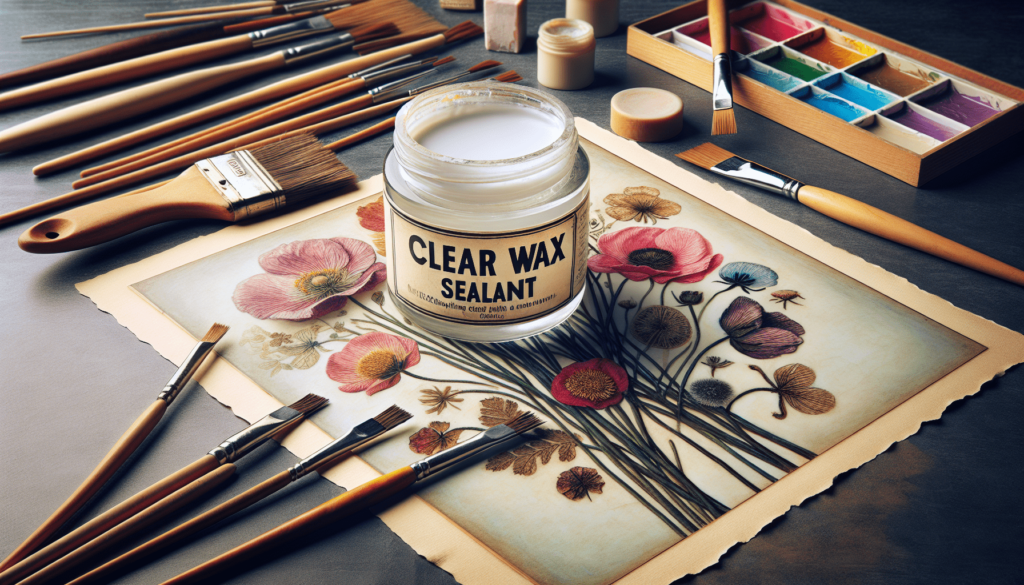In order to protect and preserve the finish of your chalk paint projects, it is essential to properly seal the surface. There are various options available for sealing chalk paint, including wax, polyurethane, and topcoat sealants. Each type of sealant has its own unique benefits and considerations, so it is important to choose the best option based on the specific needs of your project. By selecting the right sealer for your chalk paint, you can ensure that your creations maintain their beauty and durability for years to come.
What Do You Use To Seal Chalk Paint
Have you recently completed a beautiful chalk paint project and now you’re wondering how to properly seal it? Choosing the right sealant is crucial to ensure the longevity and durability of your project. In this article, we will discuss the different options available to seal chalk paint, their pros and cons, and important factors to consider before making your decision.
Why Seal Chalk Paint?
Before diving into the various sealant options for chalk paint, let’s first understand why sealing your chalk paint project is important. Sealing chalk paint serves several purposes, including:
- Protection: Sealing chalk paint protects your project from everyday wear and tear, moisture, and stains.
- Durability: A good sealant can enhance the durability of your chalk paint, making it last for years to come.
- Enhanced Finish: By sealing your chalk paint, you can achieve a smooth, matte, or satin finish, depending on your preference.
- Ease of Cleaning: Sealed chalk paint is easier to clean and maintain, adding convenience to your DIY projects.
Sealing Options for Chalk Paint
When it comes to sealing chalk paint, there are several options available, each with its own unique properties and application methods. Let’s explore the most popular sealants used for chalk paint projects:
Wax
One of the most common sealants used for chalk paint is wax. Wax provides a smooth, matte finish and is relatively easy to apply. However, it’s essential to note that wax is not as durable as other sealants and may require reapplication every few months, depending on the level of use your project receives.
Tip: Apply wax in thin, even coats using a lint-free cloth or a wax brush for best results.
Polyurethane
Polyurethane is a durable sealant that provides excellent protection against scratches, stains, and moisture. It is available in water-based and oil-based forms, with water-based polyurethane being the more popular choice for chalk paint projects due to its quick drying time and low odor.
Tip: When applying polyurethane, use a high-quality brush to ensure a smooth and even finish.
Polycrylic
Polycrylic is a water-based sealant that dries clear, making it an excellent choice for preserving the natural color of your chalk paint project. It provides a durable finish that is resistant to yellowing over time, making it ideal for light-colored chalk paints.
Tip: Apply Polycrylic in thin, even coats, and allow each coat to dry completely before applying the next.
Varnish
Varnish is a versatile sealant that comes in various finishes, including matte, satin, and gloss. It is highly durable and provides excellent protection against wear and tear. Varnish is ideal for high-traffic areas or outdoor chalk paint projects that require extra durability.
Tip: When using varnish, choose a finish that complements the overall look of your chalk paint project for a cohesive appearance.
Lacquer
Lacquer is a fast-drying sealant that provides a durable, high-gloss finish. It is often used for furniture and other high-use items due to its quick drying time and excellent protection against scratches and stains. However, lacquer can be challenging to apply evenly and may require multiple coats for optimal results.
Tip: Apply lacquer in a well-ventilated area and wear a mask to protect yourself from fumes during the application process.

Factors to Consider When Choosing a Sealant
When selecting a sealant for your chalk paint project, consider the following factors to ensure you choose the best option for your needs:
- Durability: Determine how much wear and tear your project will be exposed to and choose a sealant that offers the appropriate level of protection.
- Finish: Consider the desired finish of your project (matte, satin, gloss) and choose a sealant that complements your aesthetic preferences.
- Ease of Application: Some sealants are easier to apply than others, so choose one that aligns with your skill level and equipment availability.
- Maintenance: Consider how often you are willing to reapply the sealant and choose one that fits your maintenance preferences.
- Compatibility: Ensure that the sealant you choose is compatible with chalk paint to avoid any unwanted reactions or discoloration.
By carefully considering these factors, you can choose the most suitable sealant for your chalk paint project and enjoy a beautifully finished result that stands the test of time.
Conclusion
Sealing chalk paint is a crucial step in preserving and enhancing the beauty of your DIY projects. By understanding the different sealant options available, their pros and cons, and important factors to consider before making your selection, you can confidently seal your chalk paint project with the best sealant for your needs.
Whether you choose wax for a matte finish, polyurethane for durability, Polycrylic for a clear finish, varnish for versatility, or lacquer for a high-gloss look, each sealant offers unique benefits that can elevate the appearance and longevity of your chalk paint projects.
Remember to follow the application instructions provided by the manufacturer of your chosen sealant and enjoy the satisfaction of a beautifully sealed chalk paint project that will attract compliments for years to come.




